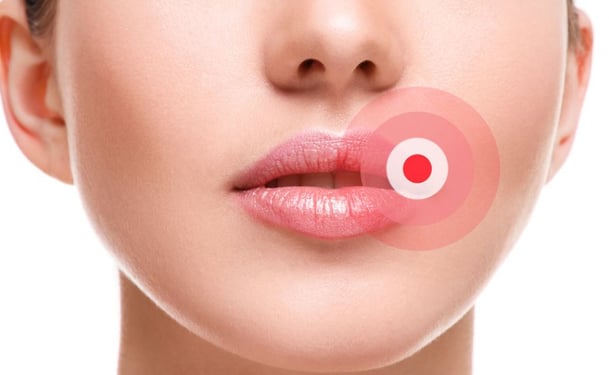Cold sores, also called fever blisters, are a strain of the herpes simplex virus. The other type of herpes virus causes genital herpes. Cold sores appear as a cluster of small oozing blisters that can usually occur on the lips, in or around the mouth, on the nostrils and in the eyes in rare cases. Cold sores are usually accompanied by an itching or numbing sensation for the first few days of the outbreak. After several days the blisters begin to crust over and turn into a scab. At this stage the cold sore is no longer contagious.
The herpes simplex 1 virus is not curable and 1 in 5 Canadians, on average, are affected by the virus each year. Many people will experience at least 2 to 3 flare-ups per year but this can vary depending on a number of environmental and physiological factors.
Many of us are first infected with the cold sore virus as school children. This can occur through direct contact with other kids or through sharing infected items. Children may also contract the virus from contact with an adult who is infected. A majority of people have the inactive virus living in their systems from childhood. Some of these people may never experience an outbreak; others experience frequent outbreaks as a result of certain triggers.
Every person has unique cold sore triggers. These can include cold weather, excessive exposure to sunlight, a weakened immune system, and stress.
There is no way to completely eliminate the cold sore virus but there are a variety of topical creams and oral medications that can help speed up the healing process of an outbreak and help soothe the pain and irritation that occurs with cold sores.



